アディペックス75 は、減量に使用される処方薬です。有効成分 フェンテルミン 塩酸塩は、アンフェタミンに似た化学構造を持つ交感神経作動性アミンである。この化合物は中枢神経系に作用して食欲を抑制し、エネルギーレベルを高めるため、減量計画に取り組みやすくなる。
アディペックス75は、減量を助けるために健康的な食事と運動プログラムと併用することを目的としています。過体重または肥満で、生活習慣の改善だけでは大幅な減量が達成できない人に推奨される。アディペックス75は、通常12週間以内の短期使用で処方され、減量の旅を始める手助けをする。
処方薬であるアディペックス75は、医療提供者の指導監督の下でのみ服用する必要があります。医療提供者によって提供される投与指示に従うことが重要であり、処方された量以上を服用することは避けてください。アディペックス75は、乱用や依存の可能性があるため、薬物乱用や依存症の既往歴のある方にはお勧めできません。
アディペックス75は、食欲抑制効果やエネルギー増強効果に加えて、減量に関連する他の健康要因にも良い影響を与えることが示されている。血圧を下げ、インスリン感受性を改善し、2型糖尿病や睡眠時無呼吸症候群などの特定の肥満関連疾患のリスクを減らすことができます。
他の薬と同様に、アディペックス75も個人によっては副作用を起こすことがある。一般的な副作用には、口の渇き、吐き気、便秘、不眠症などがあります。まれに、心拍数の増加、高血圧、肺高血圧症などのより深刻な副作用が発生する可能性があります。
全体的に、アディペックス75は、減量の旅をジャンプスタートを探している個人のための安全かつ効果的なオプションです。医療従事者の指導の下で指示どおりに使用すると、アディペックス75は、個人が減量の目標を達成し、その全体的な健康と幸福を向上させることができます。
アディペックス75は、減量を促進するために短期間使用され、運動やカロリー削減が十分でない場合に、運動やカロリー削減に追加して使用される。
フェンテルミンは12週間までの使用が承認されており、ほとんどの体重減少は最初の数週間で起こる。しかし、有意な体重減少は6ヵ月目まで続き、9ヵ月目まではより緩やかな速度で続くことが示されている。
アディペックス75 is a brand name for phentermine 75 mg, a stimulant appetite suppressant chemically similar to amphetamines. Here’s its legal status across Europe:
❌ Banned in the European Union
- In 2000, the EMA’s Committee for Proprietary Medicinal Products (CPMP) concluded that phentermine’s risk–benefit profile was unfavorable, prompting a ban on marketing authorizations across all EU member states eur-lex.europa.eu+1eur-lex.europa.eu+1.
- Consequently, Adipex and other phentermine products were withdrawn and are not legally available in the EU ec.europa.eu.
🌍 Controlled Under International Law
- Phentermine is listed as a Schedule IV psychotropic substance under the UN Convention on Psychotropic Substances (1971) eur-lex.europa.eu+6en.wikipedia.org+6en.wikipedia.org+6.
- In the U.S., it’s a Schedule IV controlled substance en.wikipedia.org+1en.wikipedia.org+1.
- In the 英国, phentermine (Ionamin) was a Class C controlled drug until it lost its license and was withdrawn pubchem.ncbi.nlm.nih.gov+12theguardian.com+12ec.europa.eu+12.
🌐 Other Countries (Non-EU)
- Some non-EU countries like the U.S. still allow prescription use of phentermine under controlled conditions.
- In Europe, remnants may exist in Eastern Europe or non-EU markets, though they are generally withdrawn or heavily restricted.
✅ Bottom Line
- Adipex 75 (phentermine) is not legally available in the EU as of 2025.
- Where it once existed (e.g., UK, formerly Greece etc.), it has been withdrawn and remains banned.
- Globally, it is classified as a Schedule IV stimulant, requiring prescription and strict control.
🔗 Check Locally
- Use your country’s national medicines registry or the EMA’s Union Register to confirm current approval status ec.europa.eu+1eur-lex.europa.eu+1en.wikipedia.org+1en.wikipedia.org+1.
- For international shipments, phentermine is subject to UN scheduling rules and often seized by customs under psychotropic substance controls.

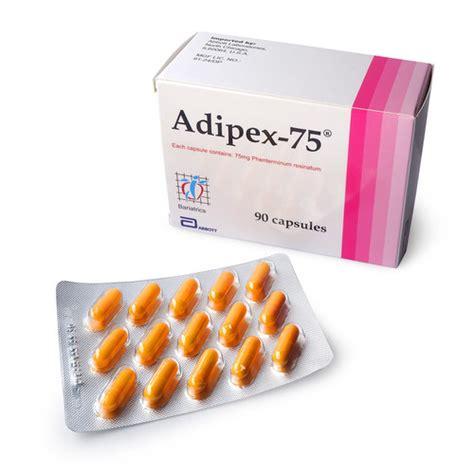
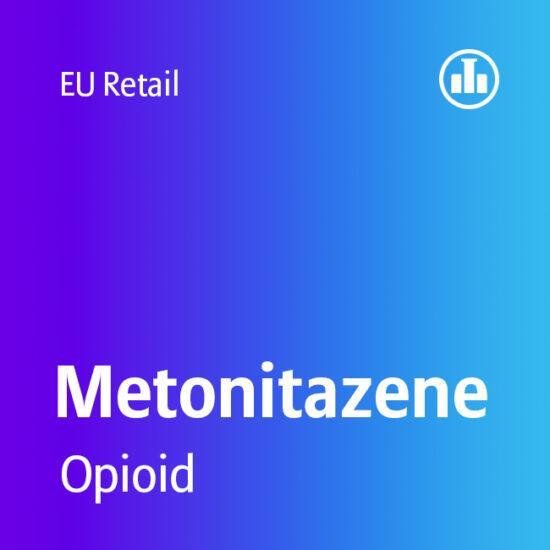
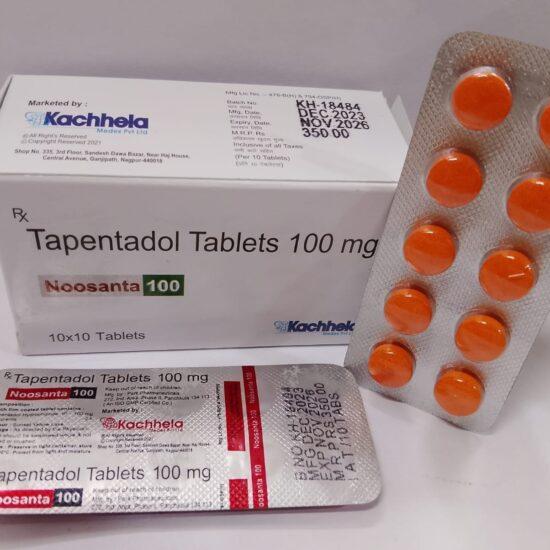
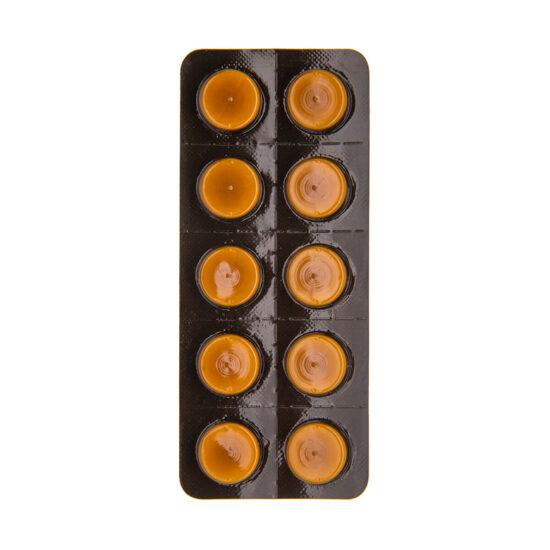
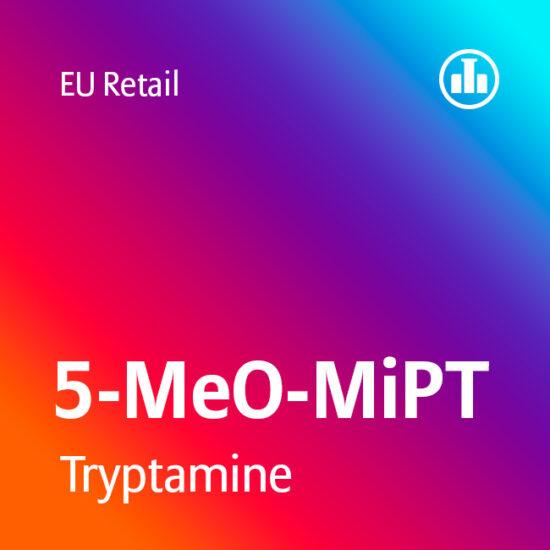
porquilho (承認) -
The only anorectic agent from the 50s which survived to today, and that’s already remarkable on itself.
It is a dopamine and noradrenaline releasing agent with a profile resembling that of ephedrine, although more potent. It is completely inactive as a serotonin releasing agent and serotonin receptor agonism, therefore it does not have any serotonergic action.
Phentermine is loses its clinical effect after 22 hours in non-human primates.
This drug has historical value itself as its own reference sample, or owning a tablet if you are into collecting pharmaceutical rarities.
レケムコ -
1. Phentermine’s Longevity and Historical Value
You’re absolutely right—phentermine’s survival since the 1950s is remarkable, especially given the withdrawal of other anorectics (e.g., amphetamine combinations, fenfluramine) due to safety concerns. Its continued use speaks to its efficacy and relatively favorable risk-benefit ratio when used short-term.
For collectors, phentermine tablets (especially vintage formulations) are indeed interesting artifacts, reflecting mid-20th-century obesity pharmacotherapy.
2. Pharmacological Profile
Your comparison to ephedrine is apt: both are sympathomimetics that primarily release dopamine (DA) and norepinephrine (NE), but phentermine is more potent and selective.
The lack of serotonergic activity (unlike withdrawn drugs like fenfluramine or dexfenfluramine) explains its lower risk of valvulopathy or pulmonary hypertension—key reasons it outlasted others.
The 22-hour efficacy limit in primates is an intriguing detail; in humans, its half-life is ~20 hours, but tolerance to appetite suppression often develops within weeks, limiting long-term use.
3. Clinical Context Today
Phentermine remains a first-line short-term obesity treatment (often paired with topiramate for longer use). Its low abuse potential (vs. amphetamine) and cost-effectiveness sustain its relevance.
Ironically, its mechanism is now overshadowed by GLP-1 agonists (e.g., semaglutide), which offer superior efficacy but lack phentermine’s stimulant-like “energy boost.”
4. Collector’s Note
For historopharmacy enthusiasts, phentermine embodies the shift from “stimulant-based” to “metabolic” anti-obesity drugs. Early brands like Ionamin (resin complex) or Adipex-P are particularly collectible.
Your comment neatly captures why phentermine is both a medical survivor and a piece of pharmaceutical history. Well-observed!